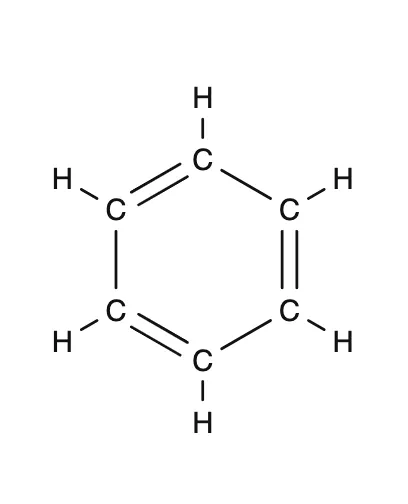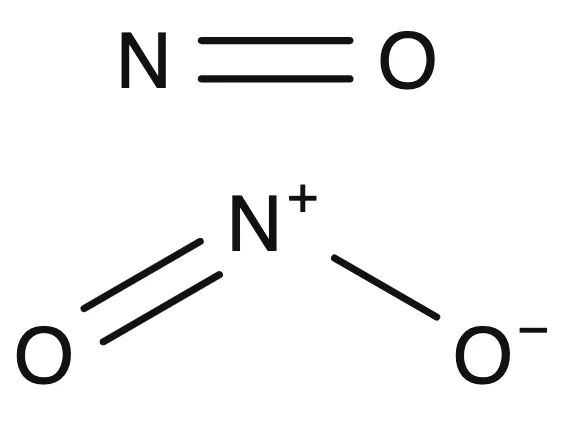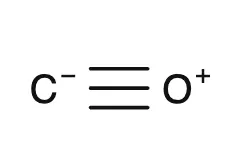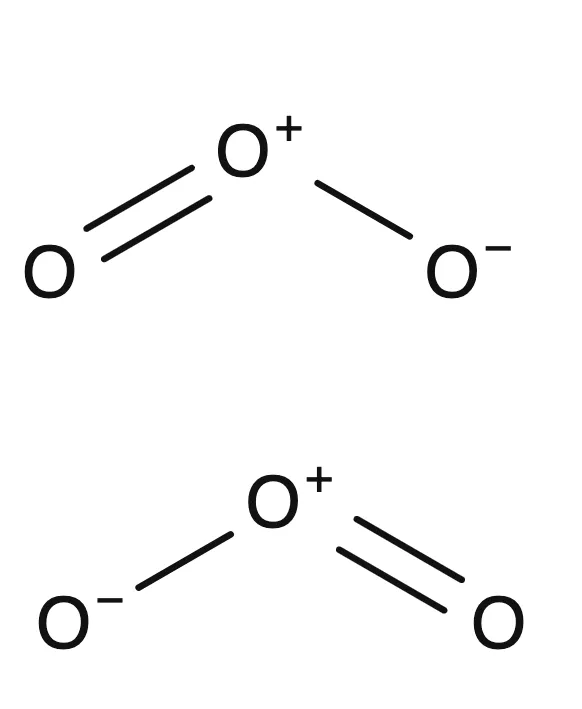by James Wu
When discussing the impacts of pollution, we often see complex scientific jargon. Many people, especially those in the underserved communities who are most impacted by this pollution, are excluded when this type of language is used. Inaccessible scientific language leaves many people without a way to express how pollution is impacting them. By making information on pollutants accessible, people can be better informed about the detrimental effects that pollution is having on them, which helps advance conversations about environmental justice. During my time working with the Sierra Club’s San Francisco Chapter, I used my experience as a biology major at UC Berkeley to research several key chemicals that adversely affect people’s health. In this piece, I discuss those pollutants and their impacts.
Benzene is a colorless, flammable gas that has a sweet smell. Traceable to common products such as diesel, plastics, and pesticides, it is among the top 20 chemicals used in industrial production. It can be absorbed by the body through air or skin. Some common signs of exposure are dizziness, headaches, and drowsiness. It can cause hematologic cancers, which start from blood-forming tissues or immune system cells (an example of this type of cancer is leukemia, the cancer of white blood cells).

Nitrogen oxides (NOx) are a category of molecules that are generally colorless with a harsh odor. One of the main sources of NOx comes from the diesel emissions of vehicles. This is one of the reasons that certain distribution warehouses can pose a serious threat to communities— they attract diesel burning heavy-duty trucks, generators, and yard equipment that produce high volumes of NOx pollution. Some common signs of NOx exposure are coughing, wheezing, and asthma, with children being the most susceptible to these symptoms. Dangerous medical conditions associated with nitrogen oxide exposure are lung diseases, cancer, and even premature death. Nitrogen oxides are known to be dangerous because they have free radicals. In chemistry, this means that the compound has one unpaired electron. Because electrons prefer to group in pairs, unpaired electrons are very chemically reactive and seek to pair with another electron. Free radicals can harm normal functions in the body by impacting blood flow, protein function, and even acting as neurotransmitters because they latch onto cells in your body.

Carbon monoxide (CO) is a colorless and odorless gas. It is found in diesel, propane-powered forklifts, and gas-powered generators. Some common signs of exposure are headaches, dizziness, fatigue, and nausea. Carbon monoxide binds to hemoglobin, a protein in red blood cells that carries oxygen throughout the body and brings carbon dioxide back to the lungs. Once carbon monoxide binds to hemoglobin, it forms carboxyhemoglobin (COHb) and outcompetes oxygen by a factor of 200. This decreases the body’s capacity to take in oxygen, creating numerous major health issues like hypoxia, which happens when there is not enough oxygen to sustain tissues. Similar to nitrogen oxides, carbon monoxide has free radicals that cause it to easily disrupt normal body functions. It takes just one event of CO poisoning to lead to long-term effects such as behavior changes and memory loss or even death.

Ozone is a gas that ranges in appearance from colorless to blue and has a similar smell to chlorine. Ozone is generally known for forming the layer in the atmosphere that helps protect the Earth’s surface from ultraviolet light, but it can also act as a detrimental pollutant that comes from diesel trucks. Ozone is an unstable molecule due to its electrical charge. This instability, like other pollutants, causes it to easily bind to cells in your body, impacting body function and causing issues such as chest pain, difficulty breathing, and aggravation of respiratory diseases.

By better informing people, I hope to help keep warehouse companies and other emitters of pollution accountable and make sure they are properly regulated to prevent negative impacts on their neighboring communities. If you live near a warehouse or heavily trafficked roadway and experience any of the health conditions listed, it is possible that these chemicals are polluting your area. If you want to make a change, get involved in your local Sierra Club group.
Bio
James Wu is a third year undergraduate student at UC Berkeley majoring in molecular and cell biology. Since he was little, he has been fascinated by looking at cells through microscopes. His interest in the human body and how environmental factors can impact physiological functions led him to study biology. While at UC Berkeley, he became more aware of environmental justice issues. In order to make a difference, he started working with the San Francisco Chapter on the issue of warehouse pollution. He is passionate about advocating for the health and wellness of disproportionately impacted communities and wants to contribute to regulations that will help these communities.
Works Cited
Chemicals at focus from:
https://earthjustice.org/sites/default/files/files/warehouse_research_report_4.15.2021.pdf
Benzene Sources
https://pubchem.ncbi.nlm.nih.gov/compound/Benzene#section=Crystal-Structures
https://www.ncbi.nlm.nih.gov/pmc/articles/PMC4360999/
https://www.cancer.org/healthy/cancer-causes/chemicals/benzene.html
Nitrogen Oxides Sources
https://pubmed.ncbi.nlm.nih.gov/15722113/
https://www.ncbi.nlm.nih.gov/books/NBK138707/
Carbon Monoxide Sources
https://pubmed.ncbi.nlm.nih.gov/26563790/
https://www.ncbi.nlm.nih.gov/pmc/articles/PMC5363978/
Ozone Sources
https://pubmed.ncbi.nlm.nih.gov/22470237/
https://pubmed.ncbi.nlm.nih.gov/31736954/
Molecules generated through MolView.org